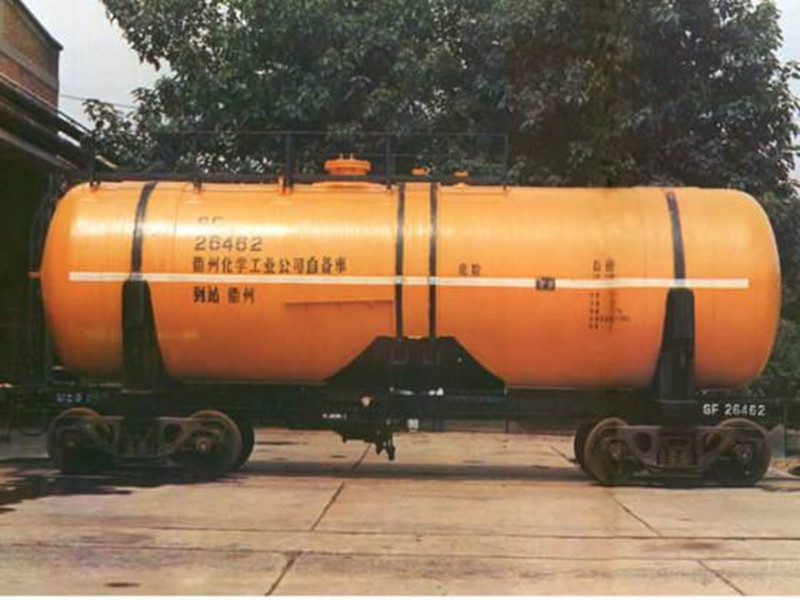
-
 Afrikaans
Afrikaans -
 Albanian
Albanian -
 Amharic
Amharic -
 Arabic
Arabic -
 Armenian
Armenian -
 Azerbaijani
Azerbaijani -
 Basque
Basque -
 Belarusian
Belarusian -
 Bengali
Bengali -
 Bosnian
Bosnian -
 Bulgarian
Bulgarian -
 Catalan
Catalan -
 Cebuano
Cebuano -
 China
China -
 China (Taiwan)
China (Taiwan) -
 Corsican
Corsican -
 Croatian
Croatian -
 Czech
Czech -
 Danish
Danish -
 Dutch
Dutch -
 English
English -
 Esperanto
Esperanto -
 Estonian
Estonian -
 Finnish
Finnish -
 French
French -
 Frisian
Frisian -
 Galician
Galician -
 Georgian
Georgian -
 German
German -
 Greek
Greek -
 Gujarati
Gujarati -
 Haitian Creole
Haitian Creole -
 hausa
hausa -
 hawaiian
hawaiian -
 Hebrew
Hebrew -
 Hindi
Hindi -
 Miao
Miao -
 Hungarian
Hungarian -
 Icelandic
Icelandic -
 igbo
igbo -
 Indonesian
Indonesian -
 irish
irish -
 Italian
Italian -
 Japanese
Japanese -
 Javanese
Javanese -
 Kannada
Kannada -
 kazakh
kazakh -
 Khmer
Khmer -
 Rwandese
Rwandese -
 Korean
Korean -
 Kurdish
Kurdish -
 Kyrgyz
Kyrgyz -
 Lao
Lao -
 Latin
Latin -
 Latvian
Latvian -
 Lithuanian
Lithuanian -
 Luxembourgish
Luxembourgish -
 Macedonian
Macedonian -
 Malgashi
Malgashi -
 Malay
Malay -
 Malayalam
Malayalam -
 Maltese
Maltese -
 Maori
Maori -
 Marathi
Marathi -
 Mongolian
Mongolian -
 Myanmar
Myanmar -
 Nepali
Nepali -
 Norwegian
Norwegian -
 Norwegian
Norwegian -
 Occitan
Occitan -
 Pashto
Pashto -
 Persian
Persian -
 Polish
Polish -
 Portuguese
Portuguese -
 Punjabi
Punjabi -
 Romanian
Romanian -
 Russian
Russian -
 Samoan
Samoan -
 Scottish Gaelic
Scottish Gaelic -
 Serbian
Serbian -
 Sesotho
Sesotho -
 Shona
Shona -
 Sindhi
Sindhi -
 Sinhala
Sinhala -
 Slovak
Slovak -
 Slovenian
Slovenian -
 Somali
Somali -
 Spanish
Spanish -
 Sundanese
Sundanese -
 Swahili
Swahili -
 Swedish
Swedish -
 Tagalog
Tagalog -
 Tajik
Tajik -
 Tamil
Tamil -
 Tatar
Tatar -
 Telugu
Telugu -
 Thai
Thai -
 Turkish
Turkish -
 Turkmen
Turkmen -
 Ukrainian
Ukrainian -
 Urdu
Urdu -
 Uighur
Uighur -
 Uzbek
Uzbek -
 Vietnamese
Vietnamese -
 Welsh
Welsh -
 Bantu
Bantu -
 Yiddish
Yiddish -
 Yoruba
Yoruba -
 Zulu
Zulu
fiberglass agitating tank
Understanding the Fiberglass Agitating Tank Applications and Advantages
In various industrial processes, efficient mixing and agitation of materials are crucial for producing consistent and high-quality products. One of the essential tools in achieving this goal is the fiberglass agitating tank. These tanks, made from fiberglass reinforced plastic (FRP), have become increasingly popular due to their robustness, durability, and versatility across different industries.
What is a Fiberglass Agitating Tank?
A fiberglass agitating tank is a large vessel designed to mix liquids, slurries, or other materials through mechanical agitation. The tank's construction from fiberglass material offers several advantages over traditional materials like metal or concrete, including resistance to corrosion, lightweight properties, and lower maintenance requirements. The fiberglass composition is typically reinforced with glass fibers, providing added strength and stability.
Applications of Fiberglass Agitating Tanks
Fiberglass agitating tanks are used in a wide array of industries, including
1. Chemical Manufacturing In the chemical industry, fiberglass agitating tanks are used for mixing reactive chemicals, solvents, and other substances. Their corrosion-resistant properties make them ideal for handling harsh chemicals without risk of degradation.
2. Water Treatment These tanks play a vital role in water treatment plants, where they mix water with chemical agents for purification processes. The non-reactive nature of fiberglass ensures that contaminants do not leach into the treated water.
3. Food Processing The food industry demands sanitization and safety, making fiberglass agitating tanks suitable for mixing ingredients without the risk of contamination. They can be used for everything from dairy products to sauces, ensuring uniform quality.
4. Pharmaceuticals In the pharmaceutical sector, precision and hygiene are paramount. Fiberglass agitating tanks are employed to mix compounds safely while preventing contamination and maintaining strict regulatory compliance.
fiberglass agitating tank

5. Biotechnology In biotech applications, these tanks are used for fermentations and cultures, where specific conditions must be maintained to ensure the growth of microorganisms or cells.
Advantages of Fiberglass Agitating Tanks
1. Corrosion Resistance One of the most significant advantages of fiberglass is its resistance to corrosion. Unlike metals that can rust or degrade in the presence of chemicals, fiberglass maintains its integrity over time, reducing the need for frequent replacements.
2. Weight and Portability Fiberglass is much lighter than steel or concrete, making it easier to transport and install. This characteristic can significantly reduce labor costs and logistical complexities in setting up a new facility.
3. Customization Fiberglass agitating tanks can be easily customized in terms of size, shape, and agitation mechanisms. This flexibility allows manufacturers to tailor solutions to fit their specific mixing requirements.
4. Insulation Properties Fiberglass tanks provide excellent thermal insulation, helping to maintain the desired temperature of the materials being mixed. This is particularly important in processes where temperature control is critical to product quality.
5. Cost-Effectiveness Although the initial investment in fiberglass can be higher than other materials, the long-term savings in maintenance and replacement costs make it a cost-effective choice. Additionally, its longevity contributes to overall operational efficiency.
Conclusion
In summary, fiberglass agitating tanks represent a robust solution for industries that require effective mixing of various substances. Their corrosion resistance, lightweight nature, customization options, and thermal insulation make them an attractive choice for sectors ranging from chemicals to food processing and pharmaceuticals. As industries continue to evolve and seek more efficient and durable solutions, fiberglass agitating tanks will undoubtedly play a vital role in ensuring product quality, safety, and operational efficiency. Whether you are involved in manufacturing or processing, understanding the benefits of these tanks can help you make informed decisions for your operational needs.









